
views
Self-Diagnosing the Issue
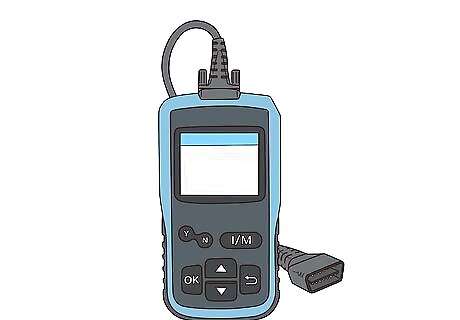
Purchase or borrow an On-Board Diagnostics (OBD-II) scanner. OBD-II scanners are made to “read” the problems that are communicated by the check engine light. They’re available for purchase online and at most auto part stores. If you don’t want to buy one, consider borrowing one from a friend, or take your car to a mechanic. When you’re looking for a scanner, make sure the scanner that you buy works with the make of your car. Some scanners are made to work only with specific makes! Scanners have become very inexpensive in the last few years. It costs around $20-$30 for the most basic scanner that only produces a trouble code.
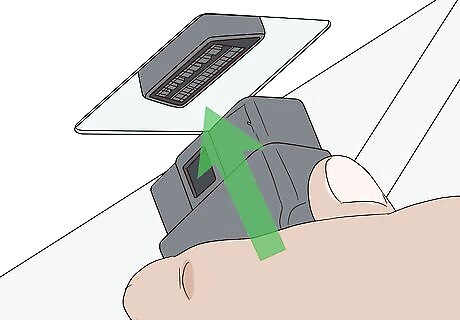
Plug an OBD-II scanner into the port under the dashboard. Plug the scanner into the port under the driver’s side dashboard. Check the owner’s manual if you’re not sure where the port is located. If you’re having trouble finding the port after looking in the owner’s manual, use a flashlight to look under the steering wheel and along the bottom of the dashboard on the driver’s side.
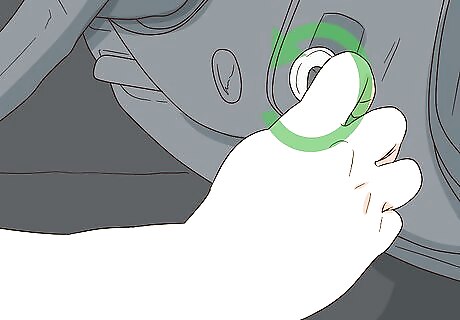
Turn the key of the car without starting the engine. This will turn on the electricity in the car and activate the scanner. Wait until the scanner lights up and loads, and keep the car on without the engine running as long as the scanner is plugged in. Don’t turn on the engine while using the scanner. This can interfere with the scanner and cause it to function improperly.
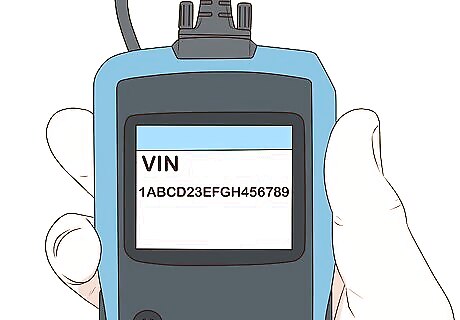
Input the car’s make, model, and VIN into the scanner. Once the scanner is on, a screen will pop up asking for more information about your car. Using the keypad, carefully type in all of the required information to make sure the scanner can get an accurate reading. The VIN for most cars is located on the driver’s side, and you can see it by looking at the bottom right hand corner on the outside of the windshield. Sometimes, the scanner will also ask for the engine type. If you don’t know what kind of engine you have, check the owner’s manual.
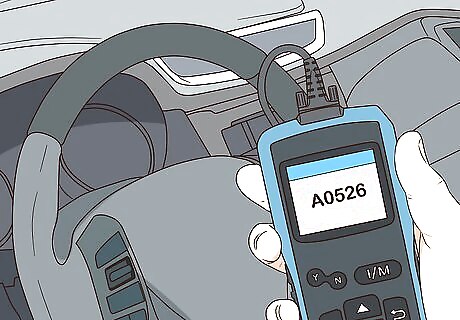
Wait for the reader to produce a trouble code. After a few seconds, the reader will produce a code or a few codes that it gathered from the car’s data. Normally, they will be a set of numbers and letters. Write them down or take a picture of the codes on the scanner for future reference. Some high-end scanners might show 2-3 words that indicate where the issue originated or what part the code corresponds to.
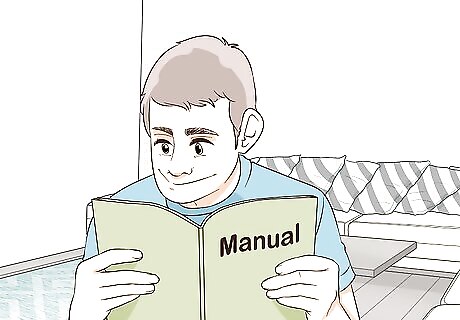
Look in the owner’s manual or online to ensure that the catalytic converter is the source. Search online for the code that the scanner produced, or look in the owner’s manual for a set of known problem codes. Make sure that the code corresponds to a catalytic converter issue and isn’t a problem with a different part on the car. If you’re having trouble finding information on the code, try searching for the make and model of the car, the word “forum,” and the error code. This might lead you to more car forums where drivers discuss issues that they’ve had with their cars.
Using a Cleaner Additive
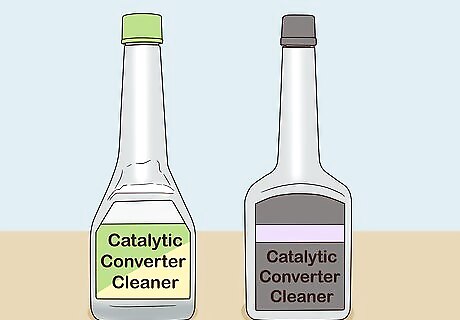
Decide which cleaner is right for your engine. Different cleaners offer different benefits, and mostly will depend on the type of car that you drive. Research online for the best cleaner for your make, model, and engine type. The engine type is very important when it comes to selecting a cleaner. Some cleaners are specially formulated for diesel vehicles, while others are made for cars that take gas.
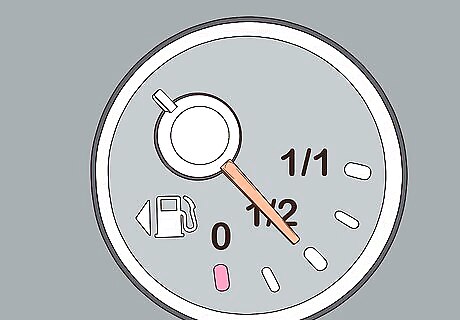
Wait until your tank has about 4 US gal (15 L) of gas remaining. Some products require more gas, while some require less. As a general rule plan to have a few gallons of gas in your tank before adding the cleaner. Always read the directions on the packaging before you add the product to the tank! If the check engine light appears when your tank is nearly empty, get the right amount of gas for your cleaner before you add the product to the tank.
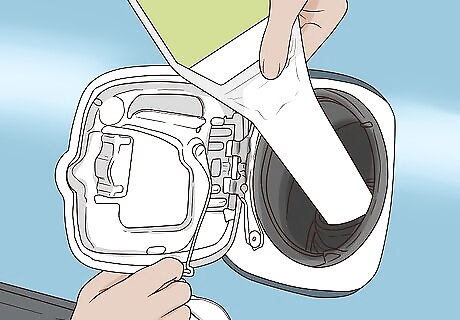
Pour the cleaner into the gas tank. Depending on which brand you use and how much gas is in your tank, use either part or all of the bottle of cleaner. The cleaner will mix with the gas and run through the catalytic converter as you drive the car. Be sure to follow the directions on the bottle carefully. The correct mixture of cleaner and fuel will ensure that the engine continues working properly.
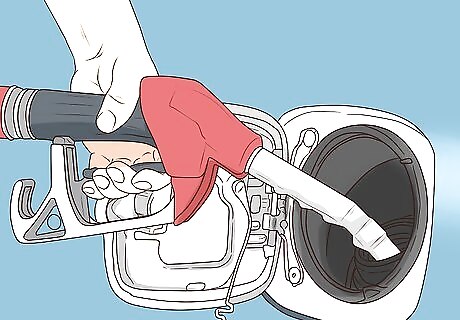
Refill the tank with gas when it is nearly empty. Drive the car as normal until the tank is almost on “empty” and then fill your gas tank as normal. Once you refill the tank, your car should be working as normal, and you might even notice your engine running more smoothly! If you’re in a hurry and don’t want to wait until the tank is empty, be sure to drive for at least 10 miles (16 km).
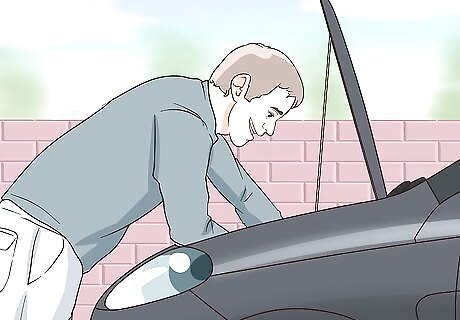
Go to a mechanic immediately if the check engine light returns. In the United States, it’s against federal law to remove a catalytic converter from a car. If the light returns, take your car to a licensed mechanic immediately to diagnose any underlying problems or replace a failed converter. The mechanic can recommend replacing the converter, or they might recommend a different product that will work better with your car.




















Comments
0 comment